3627 results for «2243»
3627 results
Managing calcified lesion: a never ending challenge
05 Jul 2019 – From AICT-AsiaPCR 2019
Consult this session to learn more about the various techniques to treat calcified lesion (OPN, tornus, laser, rotablation, orbital atherectomy, shock wave lithotripsy), and how to deal with potential complications.
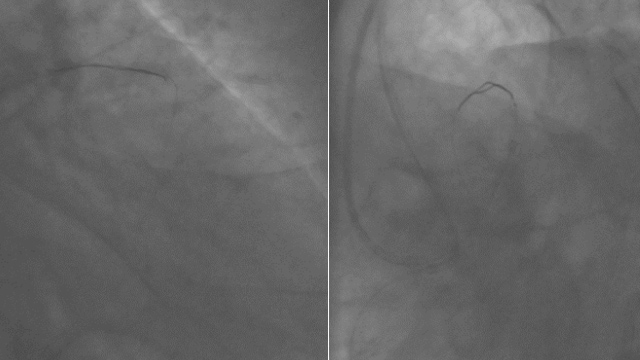
The most common TAVI complications
05 Jul 2019 – From AICT-AsiaPCR 2019
Consult this session to learn how the most common complications of TAVI happen (annular rupture, coronary occlusion, severe aortic regurgitation...), how to manage them and how to prevent them.
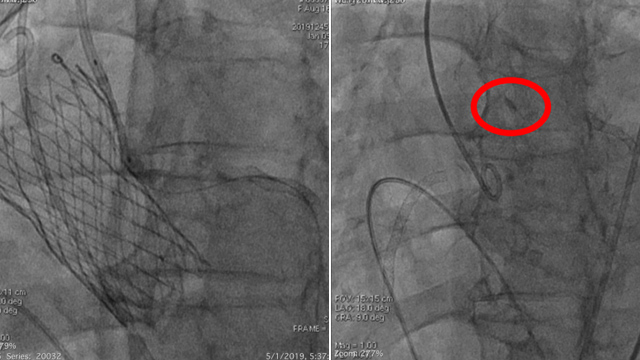
Simplify the complex: lesion modification and short DAPT flexibility in ACS patients
05 Jul 2019 – From AICT-AsiaPCR 2019
Consult this session to learn more about how to treat severely calcified lesions with the Orbital Atherectomy technique, and to discover what are the unique features of the Diamondback OAS.
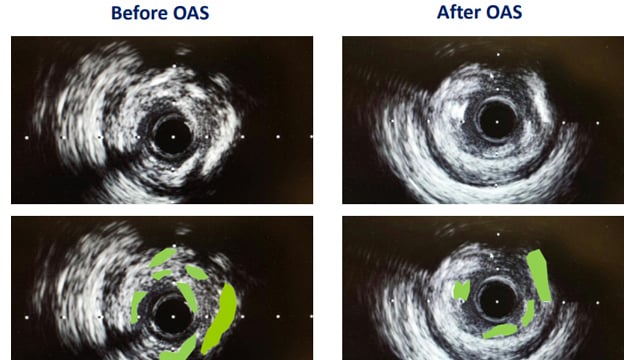
Calcified lesions
05 Jul 2019 – From AICT-AsiaPCR 2019
Watch this LIVE demonstration from National University Heart Centre (Singapore) to discover how they managed the case of a 69 years-old male with diabetes, hypertension and hyperlipidemia suffering from a calcified triple vessel disease.
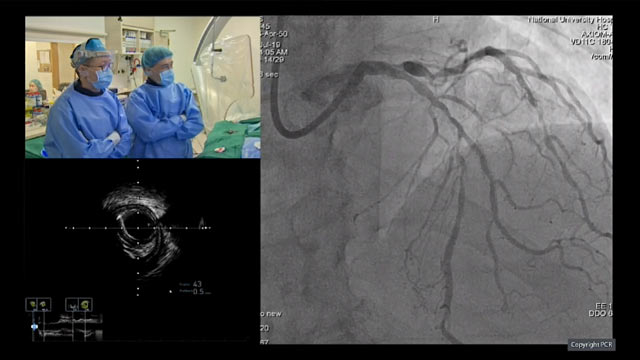
Diffuse multivessel disease
05 Jul 2019 – From AICT-AsiaPCR 2019
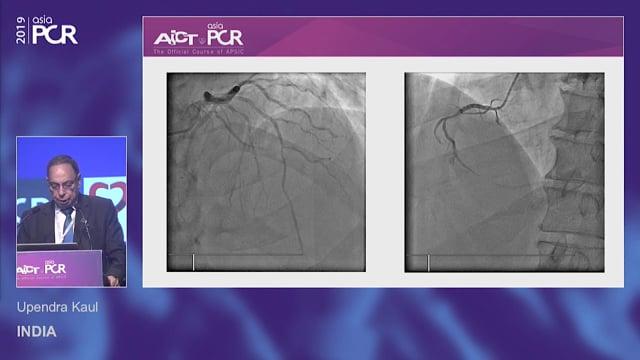
TAVI in a bicuspid aortic valve stenosis
05 Jul 2019 – From AICT-AsiaPCR 2019
Watch this LIVE demonstration from Clinique Pasteur (France) to learn about the case of a 81 years-old male patient with dyslipidemia referred to the hospital because of NYHA II shortness of breath related to a severe aortic stenosis. CT scan revealed a type I L-R bicuspid...
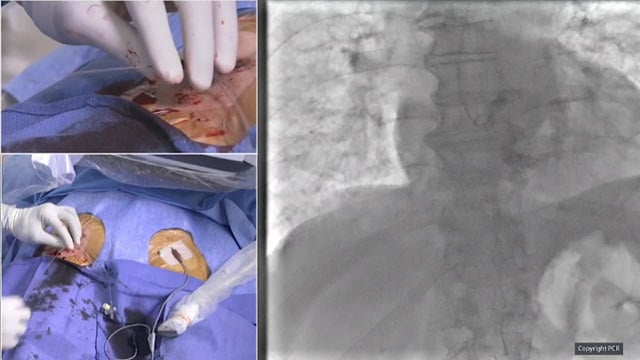
Calcified left main lesion PCI
05 Jul 2019 – From AICT-AsiaPCR 2019
Consult this session to discover the key clinical data and angiographic reference of a patient presenting with calcified left main lesion PCI.
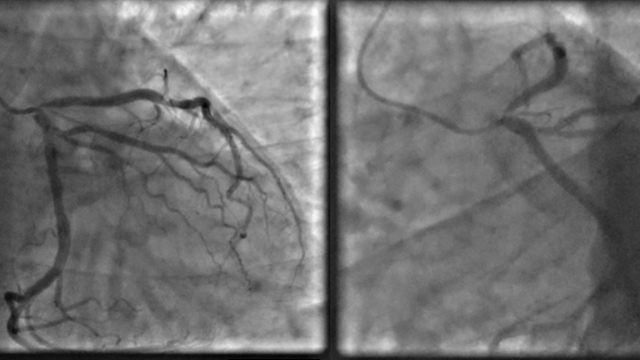
Complex PCI with guidance of IFR and IVUS
05 Jul 2019 – From AICT-AsiaPCR 2019
Consult this session on to discover complex PCI cases with guidance of IFR and IVUS, and learn more about iFR, co-registration for IVUS and Physiology/IFR, the Define PCI trial, and more!
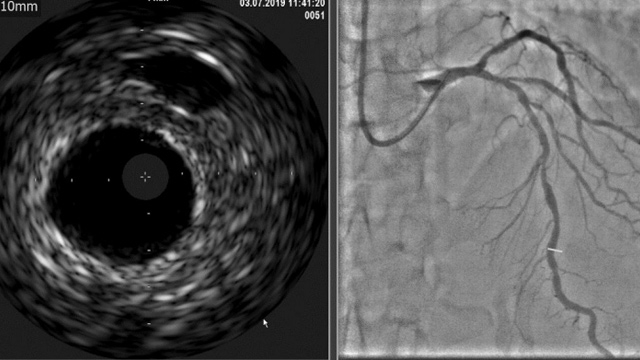
Complex PCI in high-bleeding risk patients – a case based approach - Part 2
05 Jul 2019 – From AICT-AsiaPCR 2019
Consult this session on complex PCI in high-bleeding risk patients to learn more about how to balance the risks and benefits of DAPT duration, how to evaluate and manage HBR patients indicated for coronary revascularization, and to discover the practical application of current short-term DAPT studies.
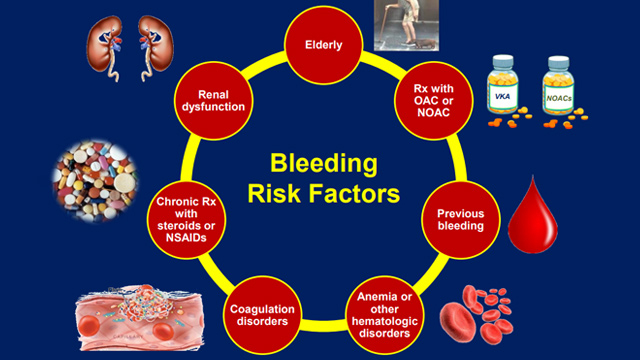
Meaningful solutions for complex patients: IVUS HD guided left main bifurcation LIVE case and stroke prevention
05 Jul 2019 – From AICT-AsiaPCR 2019
Consult this session to gain insights and understand tools in complex lesion diagnosis and treatment using imaging guidance, and discover tips & tricks to efficiently perform a LM bifurcation stenting.

Challenging cases in primary angioplasty - from the difficult to the unusual
05 Jul 2019 – From AICT-AsiaPCR 2019
Consult this session to discover challenging cases in primary angioplasty, and learn more about how to efficiently manage some of the complications encountered during this procedure, such as thrombus, no reflow, out of hospital cardiac arrest, and more!
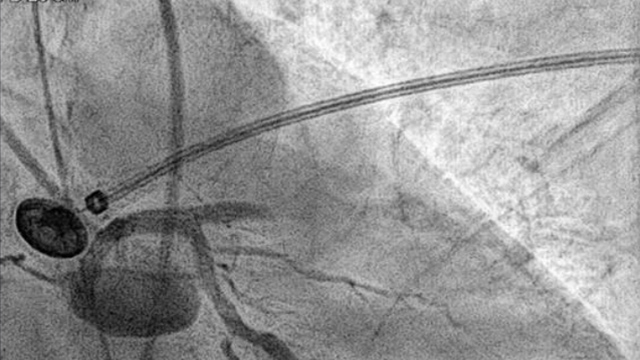
Complications - Cathlab nightmares
05 Jul 2019 – From AICT-AsiaPCR 2019
Consult this session to learn through challenging cases more about rare complications and their management, such as stent shaft separation, iatrogenic aortocoronary dissection, stent fracture, entrapped stiff wire, and more!
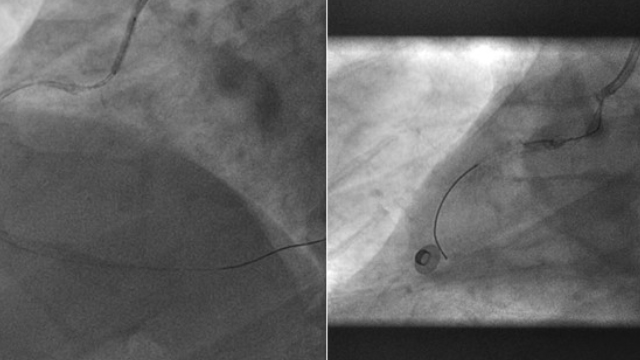
AICT-AsiaPCR best abstracts session II
05 Jul 2019 – From AICT-AsiaPCR 2019
Consult this session to discover the 2nd round of AICT-AsiaPCR 2019 best abstracts: mechanical circulatory supported PCI in high-risk patients using veno-arterial ECMO compared to Impella, advantages of optical frequency domain imaging compared with IVUS in PCI using rotational atherectomy, QT dispersion as a valuable marker to...
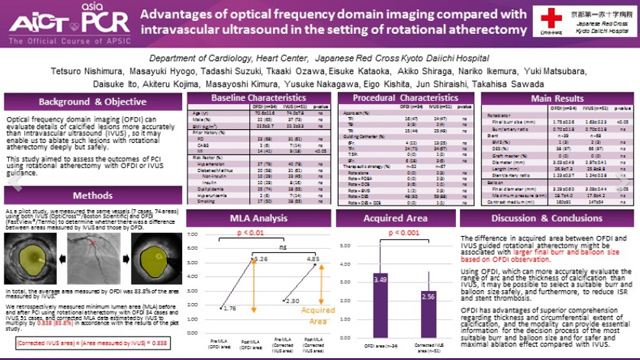
Challenging Cases in Peripheral Interventions
01 Jul 2019 – From AICT-AsiaPCR 2019
Consult this session on peripheral interventions to discover a selection of challenging cases, such as: lasso technique using transradial approach to facilitate stent graft delivery to aortic arch during TEVAR, breakage of interwoven nitinol stent after intervention of popliteal artery thrombosis, and more!
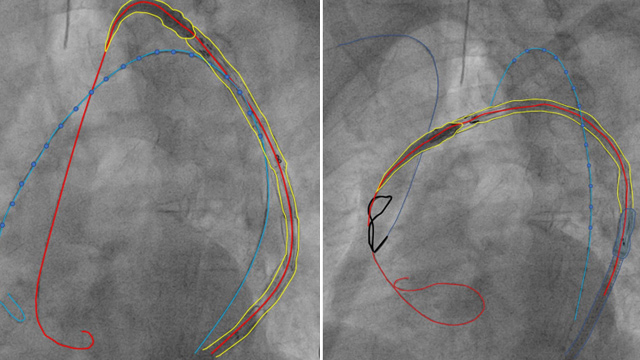
Complications - Thrombus, SCAD & SVG rupture
05 Jul 2019 – From AICT-AsiaPCR 2019
Consult this session to learn more about how to cope with various complications: high thrombus burden in right coronary artery (RCA), rupture of saphenous vein graft (SVG), spontaneous coronary artery dissection (SCAD), and more!
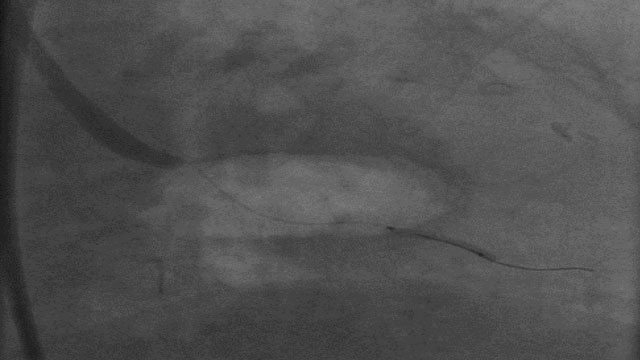
Using physiology to determine coronary intervention in Stable Coronary Artery Disease – FFR, iFR and QFR
06 Jan 2020 – From AICT-AsiaPCR 2020
Consult this session to learn more about the role of FFR in stable coronary artery disease intervention, the common pitfalls and tips & tricks in performing FFR measurement, as well as the emerging role of QFR in assessing the significance of intermediate stenosis.
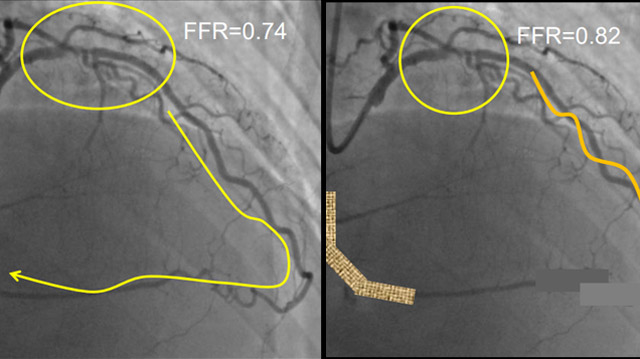
LAD/D1 bifurcation disease
06 Jul 2019 – From AICT-AsiaPCR 2019
Consult this session to discover the key clinical data and angiographic reference of a patient presenting with LAD/D1 bifurcation disease.
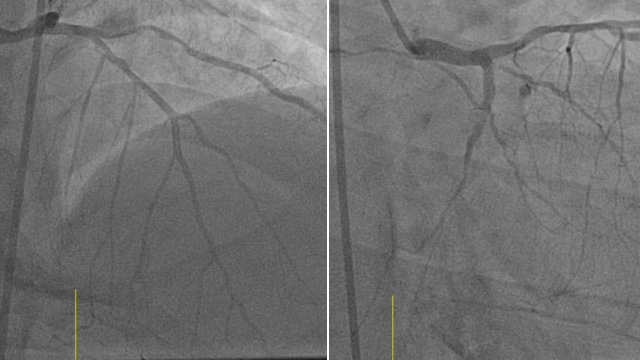
How Should I Treat? - Complications in complex PCI
06 Jul 2019 – From AICT-AsiaPCR 2019
Consult this session to learn how to avoid complications during complex PCI and how to efficiently manage them, especially the major ones, thanks to a selection of challenging clinical cases.
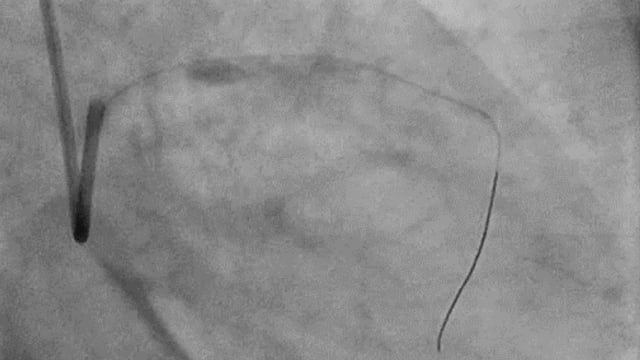
Complex PCI - Balloon burst, lost wire, perforation & stent thrombosis
06 Jul 2019 – From AICT-AsiaPCR 2019
Consult this session to discover complex PCI cases, and gain insights on how to successfully manage this procedure when facing difficult anatomies and complications, such as balloon burst, lost or broken wire, LAD perforation, and more!

Complications - Trapped filter, stent dislodgement, intramural hematoma
06 Jul 2019 – From AICT-AsiaPCR 2019
Consult this session to learn more about various complications, such as trapped filter, stent dislodgement, and intramural hematoma, and discover how to efficiently manage them.



